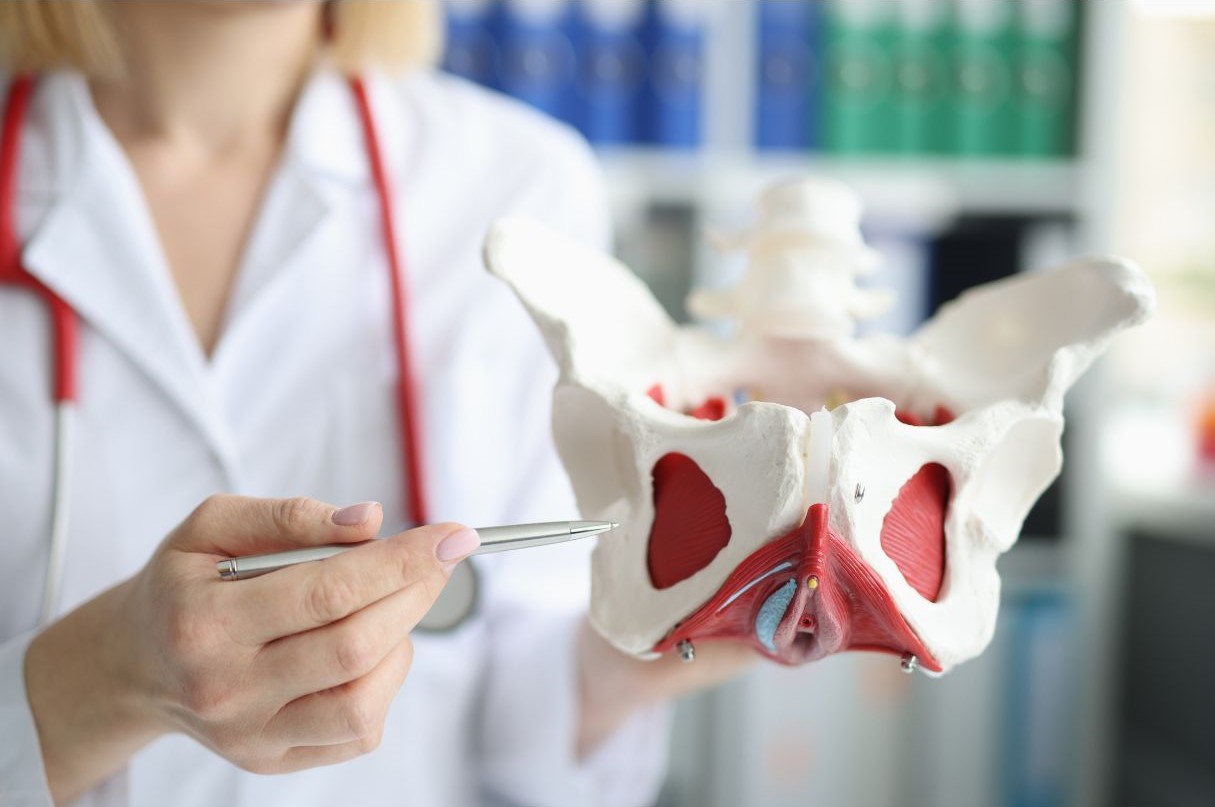
In the US, nearly 40% of women are affected by urinary incontinence- otherwise known as involuntary bladder leakage, or overactive bladder (OAB). Even though so many women suffer with this issue, few admit to dealing with it and believe nothing can be done.
Who is affected by urinary incontinence?
Multiple factors are linked to incontinence. Pregnancy & delivery- with risk increasing with each child. Aging- women after menopause are more likely to develop urinary incontinence.
What causes urinary incontinence?
There are multiple types of incontinence- including Stress Incontinence (SUI) and Overactive Bladder (OAB).
Stress incontinence occurs when you are active- running, jumping, lifting, laughing, etc. Weak, stretched, pelvic floor muscles, allow urine to leak out during these activities.
Overactive bladder occurs when your bladder muscles are overly active, or when your brain tells you your bladder is full, even when it’s not. This causes the urge (need) to urinate. Symptoms include a sudden urge to urinate, as well as having to urinate frequently both day and night.
What can be done to combat urinary incontinence?
Patients are individually evaluated and treated in a quiet, private, safe space. The initial evaluation may include an internal exam, if the patient is comfortable, in order to properly assess the patient’s musculature and symptoms.
- Musculoskeletal assessment, including strength, flexibility and movement patterns
- Observation and palpation of the pelvic floor to the patient’s comfort level
- Stretching and strengthening techniques
- Relaxation techniques
- Soft tissue and joint mobilization
- Modalities: Interferential electrical stimulation, ultrasound, heat or cold therapy.
- Biofeedback: Provides measurable assessment of the pelvic floor muscles ability to contract and relax in function.
- Behavior modification
- Educational instruction: Home exercise programs and information concerning diet, sleep, work and rest positions and self-management of symptoms.
If you find yourself in need of women’s health physical therapy, talk to your doctor and see if physical therapy would be a good fit for your symptoms. Contacts us for more info about our pelvic floor program.

